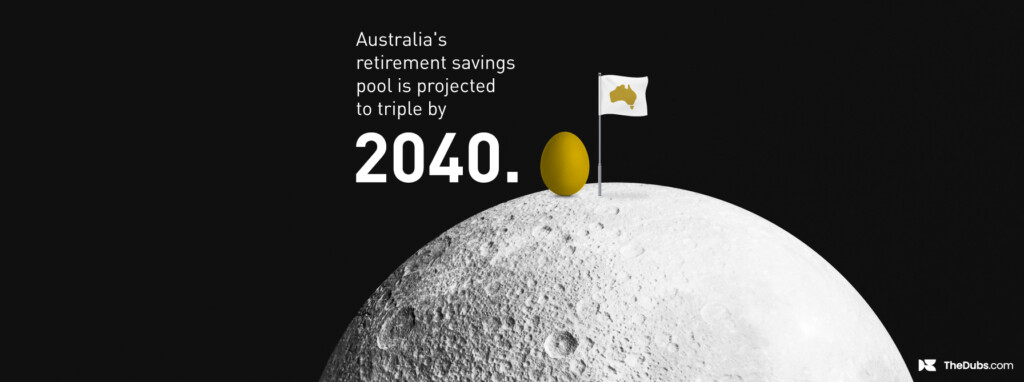Presenting part two of our interview with Jon Lombardo and Peter Weinberg, global brand strategy leads at LinkedIn. Here the energetic duo talks about how blockbuster marketing works for financial brands and how LinkedIn insights help you find your franchise.
Read part one of the interview here if you haven’t already – Blockbuster marketing: what Disney can teach finance brands.
How does an essentially non-creative, risk-averse industry like banking apply Hollywood principles to its content?
JL: A lot of the B2B examples we see – SalesForce, for example, does the State of Marketing every year, the State of Sales, the State of Customer Service; you have Mary Meeker’s Internet Trends report – the idea is you borrow the franchise formula from Hollywood, but when you actually go to market with it, in the world of B2B and B2C it’s a little bit different.
Rather than entertainment like Hollywood, it’s expertise.
Do you need to have original insights to do blockbuster marketing well?
PW: If you look at Mary Meeker’s Internet Trends report, very few of the things are original insights; a lot of it is third-party insights… There’s a misplaced understanding that everything you say has to be completely different from what everyone else is saying. I think it’s more about packaging up those insights in a more interesting way than others so you become the de facto source of those insights. So you’re popularising ideas that aren’t well known.
There’s a misplaced understanding that everything you say has to be completely different from what everyone else is saying.
JL: It doesn’t have to be a new idea, it just has to be a new idea for your audience. So if you find an idea that you’re compelled by, that’s very interesting and you reach your audience first with that idea, it’s a new idea to them.
It’s about: is it relevant to me? Is it helpful to me? Can I act on it? In general, the entire marketing, advertising, communications industry has what we call the “originality delusion” – the need for new ideas and new insights and new platforms. There’s very little evidence to support that’s where your audience is, especially with financial services, or that’s an effective place to go and market.
How does LinkedIn bring insights and data to help with blockbuster marketing?
PW: As an example, one of our first blockbuster clients is a healthcare provider. What we told them is really three things.
Broadly speaking, what are people interested in on the platform, what are professional audiences interested in? You start with very broad insights to deliver broadly relevant creative, and in this case, it turned out industry trends was the most popular type of content, i.e., what’s going on in my industry, what ideas can I use today to have a competitive edge.
So we decided to do a healthcare trends report. Then we drilled a little deeper to find out, ok, within the world of healthcare trends, there’s a lot you could potentially talk about – what trends should we focus on?
We essentially did a data analysis of what healthcare topics are popular on our platform, and it wasn’t sheer popularity, it was also engagement. Not just what are people talking about the most, but what was generating the most interest. And then we started to prioritise what wasn’t being talked about as frequently but was generating a lot of engagement on the platform.
We started with macro insight trends, and micro insights and we even started to look at specific articles within those trend sub-categories to figure out what the creative should really look like.
And that to us is a data-driven model of how you produce thought leadership. Look at companies like Amazon. When they decide what content to invest in, they’ll crunch the data and they’ll say ok, the most popular book we sell is Lord of the Rings, so we’re going to greenlight an enormous amount of money to bring Lord of the Rings to television.
JL: Netflix is the exact same way. Most people know this story but they looked at the data, and saw that people like Kevin Spacey, (who is now persona non grata, but was not at the time); people like the 80s show House of Cards; and they like shows that have big-name directors attached, so they got David Fincher.
You take three insights then you make a bet on those insights as being a way to take old insights and produce new creative. That’s how creative should work; it should be: here’s an old thing that we know works, that gives us the confidence to make a big bet. That was the second thing Netflix ever made and they wrote a $100M cheque to make it.
That’s how creative should work; it should be: here’s an old thing that we know works, that gives us the confidence to make a big bet.
Why does blockbuster marketing make sense in the financial sector?
PW: Our earliest clients to adopt blockbuster marketing were financial services, and one of the reasons why is running a brand newsroom is incredibly difficult in a highly-regulated industry – you can drive yourself insane running every micro piece of content through the legal department. So if you get one big piece of content, you can put it through the ringer, make sure it’s legally approved and then you can market that for an entire year so.
JL: In general, when we go in and talk to financial services companies they always apologise for how far behind the curve they are in marketing, but I would argue that’s a huge advantage. I think real-time marketing makes zero sense: companies spend a ton of money putting out Tweets that only last for three to six hours; if you look at the cost of production it’s an astronomical number.
We always talk about – you want all-time marketing which is what franchises are; not real-time marketing. Real-time marketing, if you do the math, is extraordinarily expensive. All-time marketing is an extraordinary advantage and opportunity for financial institutions.
PW: By being behind, they’re actually ahead.









